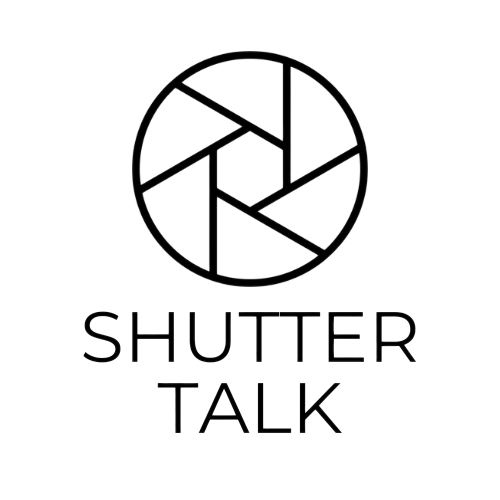For beginners venturing into the world of photography, understanding how to adjust your DSLR camera settings is crucial for capturing stunning images. This guide will walk you through the essential settings and techniques that will help you master your camera and take your photography skills to the next level.

The Exposure Triangle: Shutter Speed, Aperture, and ISO
At the heart of photography lies the exposure triangle, which consists of three fundamental settings: shutter speed, aperture, and ISO. Mastering these settings is essential for achieving the right exposure and creative effects in your photos.
1. Shutter Speed
What It Is: Shutter speed determines how long the camera’s shutter remains open to let light in. It is measured in seconds or fractions of a second (e.g., 1/1000, 1/60).
- Fast Shutter Speed: Captures sharp images of fast-moving subjects (e.g., sports, wildlife).
- Slow Shutter Speed: Allows more light in and can create motion blur for artistic effects (e.g., waterfalls, night scenes).
How to Adjust: Most DSLRs have a dial near the shutter button that allows you to change the shutter speed easily. Rotate it to select your desired speed.
2. Aperture
What It Is: Aperture controls the size of the lens opening through which light enters. It is expressed in f-stops (e.g., f/2.8, f/8).
- Wide Aperture (e.g., f/2.8): Lets in more light and creates a shallow depth of field, resulting in a blurred background (bokeh effect), ideal for portraits.
- Narrow Aperture (e.g., f/16): Reduces light intake and increases depth of field, keeping more of the scene in focus, perfect for landscapes.
How to Adjust: Depending on your shooting mode:
- In Aperture Priority mode (Av or A), use the main dial to set your desired aperture.
- In Manual mode (M), you can adjust it using the rear dial.
3. ISO
What It Is: ISO measures your camera sensor’s sensitivity to light. Lower values (e.g., ISO 100) are used in bright conditions, while higher values (e.g., ISO 1600 or higher) are used in low-light situations.
- Low ISO: Produces cleaner images with less noise but requires more light.
- High ISO: Allows for shooting in darker environments but can introduce graininess.
How to Adjust: Look for an ISO button on your camera or access it through the menu. Use the main dial or rear wheel to set your desired ISO level.
Setting Up Your Camera
Once you understand the exposure triangle, it’s time to set up your camera for optimal performance:
- Image Quality Settings:
- Set your image quality to RAW for maximum editing flexibility later.
- Choose JPEG if you prefer smaller file sizes and quicker processing.
- White Balance:
- Start with Auto White Balance (AWB); adjust manually based on lighting conditions as you gain experience.
- Use presets like Daylight, Cloudy, or Tungsten when shooting under specific lighting conditions.
- Shooting Mode Selection:
- Use Aperture Priority mode (Av/A) for controlling depth of field while letting the camera handle shutter speed.
- Switch to Shutter Priority mode (Tv/S) when you want to freeze motion or create motion blur.
- Choose Manual mode (M) when you feel confident adjusting all settings yourself.
- Focus Settings:
- For static subjects, use Single Autofocus (AF-S).
- For moving subjects, switch to Continuous Autofocus (AF-C).
- Experiment with manual focus as you become more comfortable with your camera.
Practice Makes Perfect
The key to mastering DSLR settings is practice. Take your camera out regularly and experiment with different settings in various lighting conditions and environments. Here are some tips:
- Start by shooting in Aperture Priority mode and gradually transition to Manual mode as you gain confidence.
- Take notes on how different settings affect your images; this will help reinforce your learning.
- Review your photos critically—identify what worked well and what didn’t.
